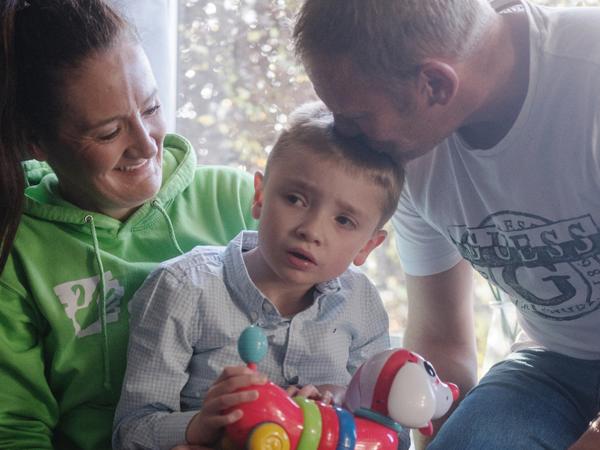Understanding Your Body: Signs of Illness Explained
Recognizing Signs of Illness in the Human Body

Frequently Asked Questions
Some common signs include fever, persistent fatigue, unusual weight loss or gain, pain in specific areas, coughing, shortness of breath, skin rashes, and changes in bowel or bladder habits.
If symptoms are severe, persistent, or worsening, it is advisable to seek medical attention. Additionally, if you experience symptoms like chest pain, difficulty breathing, severe headaches, or sudden changes in vision, you should consult a healthcare professional immediately.
Step by Step Guide
1
Understanding Body Signals
Learn the basic functions of your body and how it communicates distress through various signals. The body has numerous systems (respiratory, digestive, cardiovascular, etc.) that work together. When one or more of these systems experience issues, they can send out warning signals that manifest as illnesses.
2
Identify Common Signs of Illness
There are universal signs that often indicate illness, including fever, fatigue, pain, nausea, and swelling. Understanding these signals in different contexts will help you recognize when it might be time to seek medical attention. Each of these signs can have numerous causes and variations.
3
Pay Attention to Symptoms
Symptom tracking is crucial. Distinguish between acute and chronic symptoms. Acute symptoms come on suddenly, while chronic symptoms develop gradually. Keep a record of when symptoms appear and their severity to provide valuable information to healthcare professionals.
4
Differentiate Between Minor and Major Conditions
Not all signs of illness warrant a panic response. Learn how to discern between minor, self-limiting conditions (like a cold) and more serious health issues (like heart disease). Evaluate whether self-care is appropriate or an appointment with a professional is necessary.
5
Recognizing Signs of Infection
Infections often come with specific symptoms like fever, chills, a sudden headache, or pain in a specific area. Understanding these signs can prompt early treatment, reducing complications and aiding recovery.
6
Understanding Changes in Body Functions
Changes in appetite, sleep patterns, or energy levels can signify underlying health issues. Monitor any sudden or drastic changes in these areas, as they may necessitate further investigation into your health.
7
Consultation and Diagnosis
If symptoms are persistent or worsening, consult a healthcare professional. Describe your symptoms accurately and provide any recorded tracking to aid in diagnosis. Diagnostic tests like blood work, X-rays, or MRI scans may be ordered based on the information you provide.
8
Treatment Options
Once diagnosed, understand the various treatment options available. These may include medications, lifestyle changes, therapy, or surgical interventions. It is essential to follow the treatment plan prescribed by your healthcare provider.
9
Preventive Measures
Learn about preventive health measures, including vaccinations, regular exercise, a healthy diet, and routine check-ups. Understanding the importance of prevention can provide long-term health benefits and reduce the chance of developing serious illnesses.
10
Health Education and Awareness
Stay informed about health topics, including emerging illnesses and best health practices. Engaging with reliable health education resources can empower you to recognize signs of illness and understand how best to respond to them.








